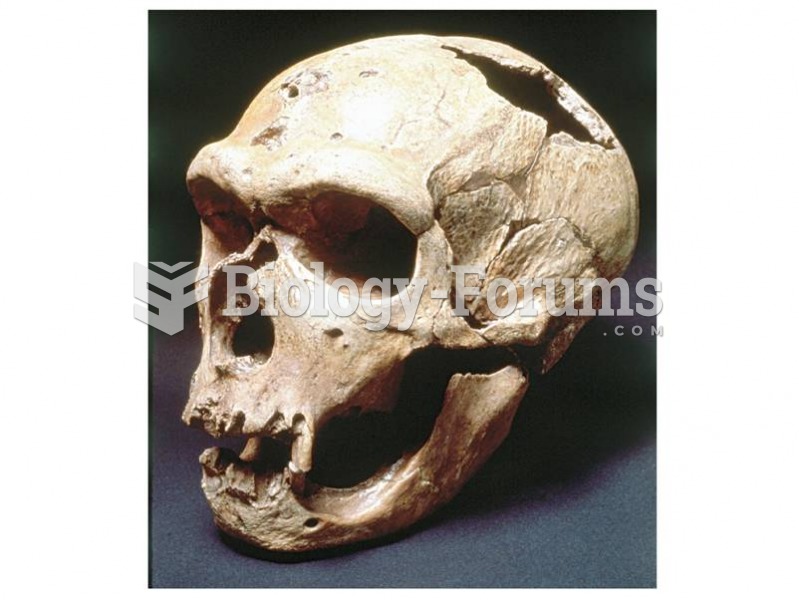Answer to Question 1
Fit of the Continents: Wegener suggested that during the geologic past, the continents collided to form a large landmass, which he named Pangaea. Wegener's evidence indicated that as Pangaea began to split apart, the various continental masses started to drift toward their present geographic positions.
Matching sequences of rocks and mountain chains: If the continents were once together, as Wegener had hypothesized, then evidence should appear in rock sequences that were originally continuous but are now separated by large distances. Many rock sequences from one continent were identical to rock sequences on an adjacent continentalthough the two were separated by an ocean. In addition, mountain ranges that terminated abruptly at the edge of a continent continued on another continent across an ocean basin, with identical rock sequences, ages, and structural styles. For example, similar rocks from the Appalachian Mountains in North America match up with identical rocks from the British Isles and the Caledonian Mountains in Europe.
Glacial ages and other climate evidence: Wegener also noticed the occurrence of past glacial activity in areas that are now tropical and suggested that it, too, provided supporting evidence for drifting continents. Currently, the only places in the world where thick continental ice sheets occur are in the polar regions of Greenland and Antarctica. However, evidence of ancient glaciation is found in the lower-latitude regions of South America, Africa, India, and Australia.
Distribution of organisms: To add credibility to his argument for the existence of the supercontinent of Pangaea, Wegener cited documented cases of several fossil organisms found on different landmasses that could not have crossed the vast oceans presently separating the continents. For example, the fossil remains of Mesosaurus, an extinct, presumably aquatic reptile that lived about 250 million years ago, are located only in eastern South America and western Africa.
Answer to Question 2
The world ocean is the large body of salt water that covers the majority of the earth's surface (roughly 71). The world ocean is customarily divided into smaller ocean basins that are bordered by continents or latitude lines. One example is the Atlantic Ocean, which is bordered on the west by North and South America, to the east by Europe and Africa, to the north by the Arctic Circle (60N), and to the south by the Antarctic Circle (60S). In contrast, a sea is a smaller subdivision of the ocean surrounded by land such as the Black Sea in Eastern Europe.







